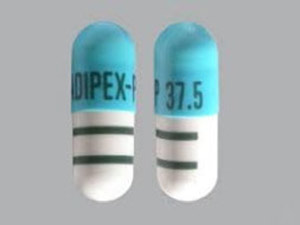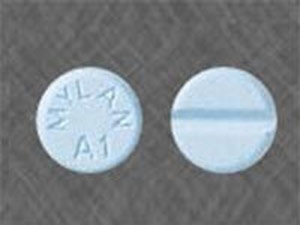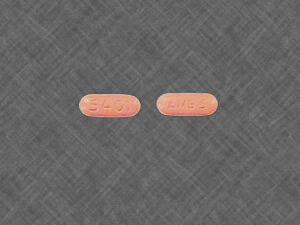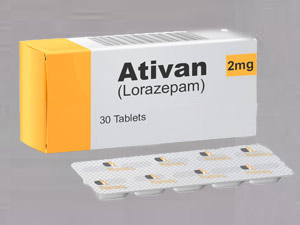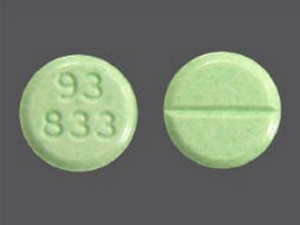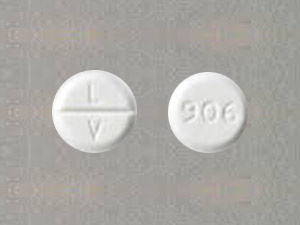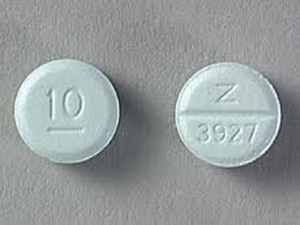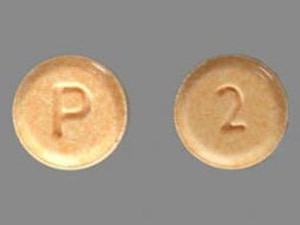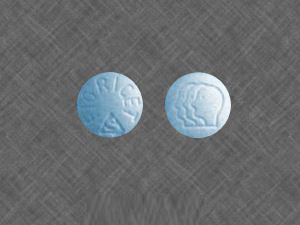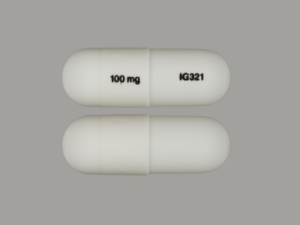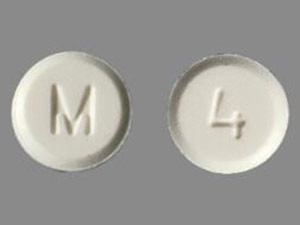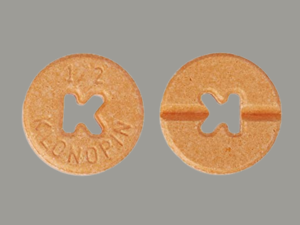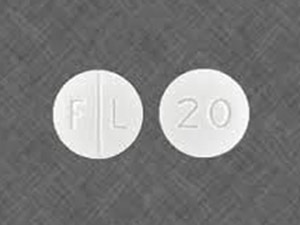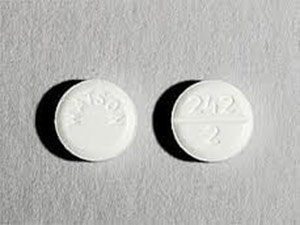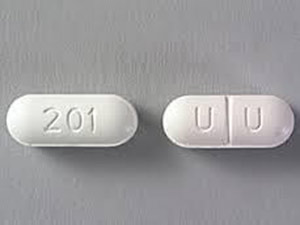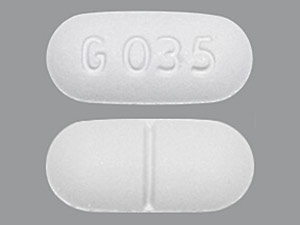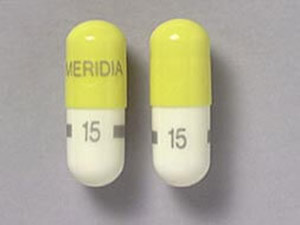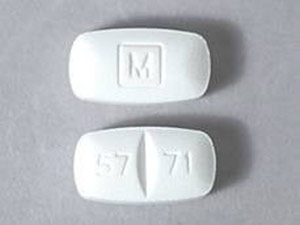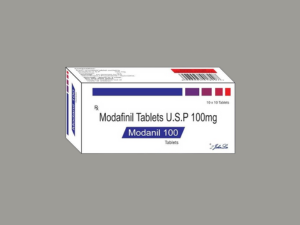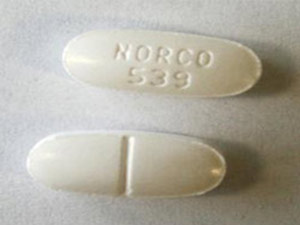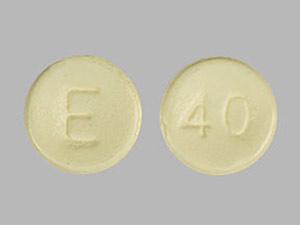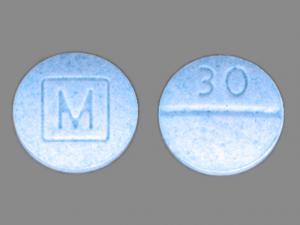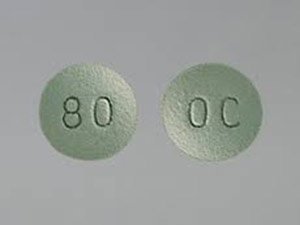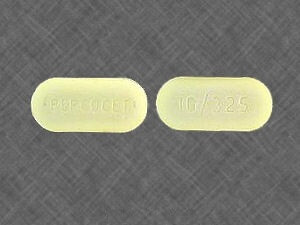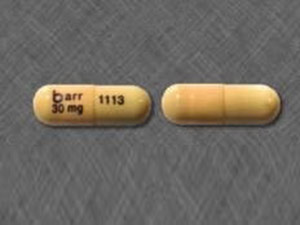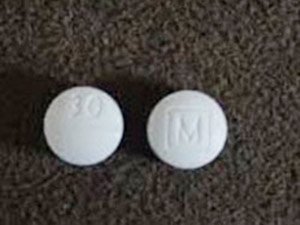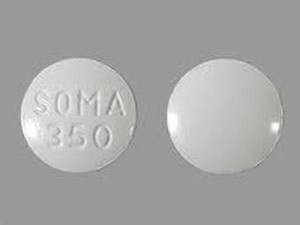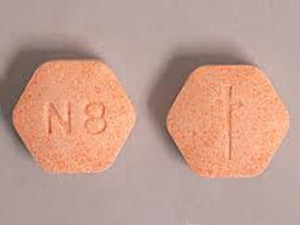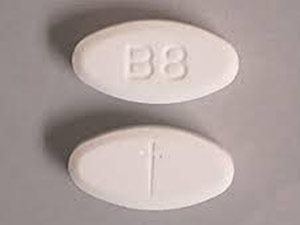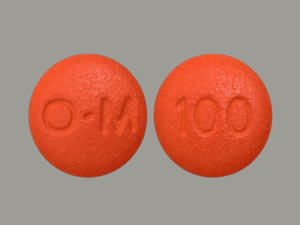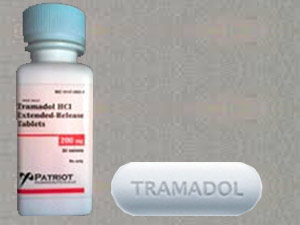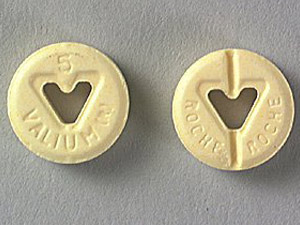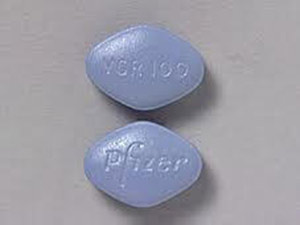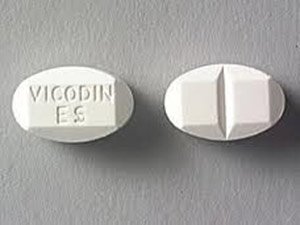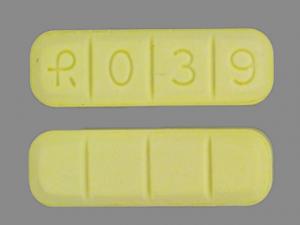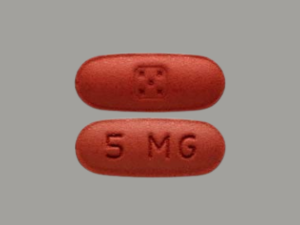Is Oxycontin the same as Oxycodone?
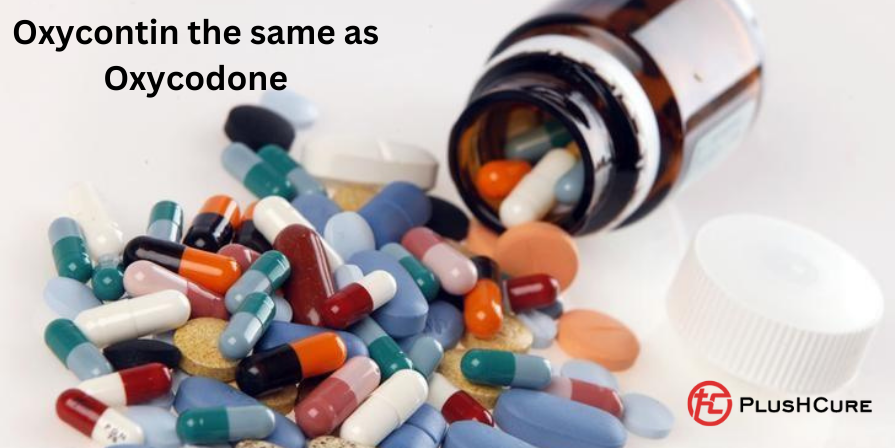
Is Oxycontin the same as Oxycodone?
Numerous types of pain affect people in various ways. What works for you might not work for another. As a result, there are multiple medications available to treat pain. Oxycodone 30mg is a type of pain reliever. It is available in both immediate and extended-release forms. The immediate-release form of Oxycodone is a generic medication. Only the brand-name drug OxyContin is available in extended-release form. This article defines the differences and similarities between these two drugs and how they work.
Know about Oxycontin?
OxyContin is the brand name for Oxycodone, a narcotic analgesic used to treat pain. It can treat pain from injuries that require long-term pain management, cancer pain, and arthritis. The time-released formulation of OxyContin contains 10 mg to 80 mg of Oxycodone and provides pain relief for up to 12 hours. OxyContin initially stood out in the opioid market due to its ability to provide continuous pain relief, unlike other opioids with shorter durations. While using OxyContin 5mg to treat various types of pain has legitimate benefits, it also has a high potential for abuse.
People who abuse OxyContin can crush the tablets before snorting or diluting and injecting it for a faster, more powerful effect than if they snorted it whole.
Know about Oxycodone?
Oxycodone is a semi-synthetic opioid derived from the Persian poppy that can be used to treat moderate to severe pain. Oxycodone 30mg is available as a single-ingredient medication, but it is also used in various combination medications; for example, it is frequently combined with acetaminophen for more effective pain relief. Oxycodone is the active ingredient in OxyContin. Although these two drugs have the same active ingredient, there are subtle differences between them that should be noted, particularly in terms of how they are released into the body and the potential for abuse.
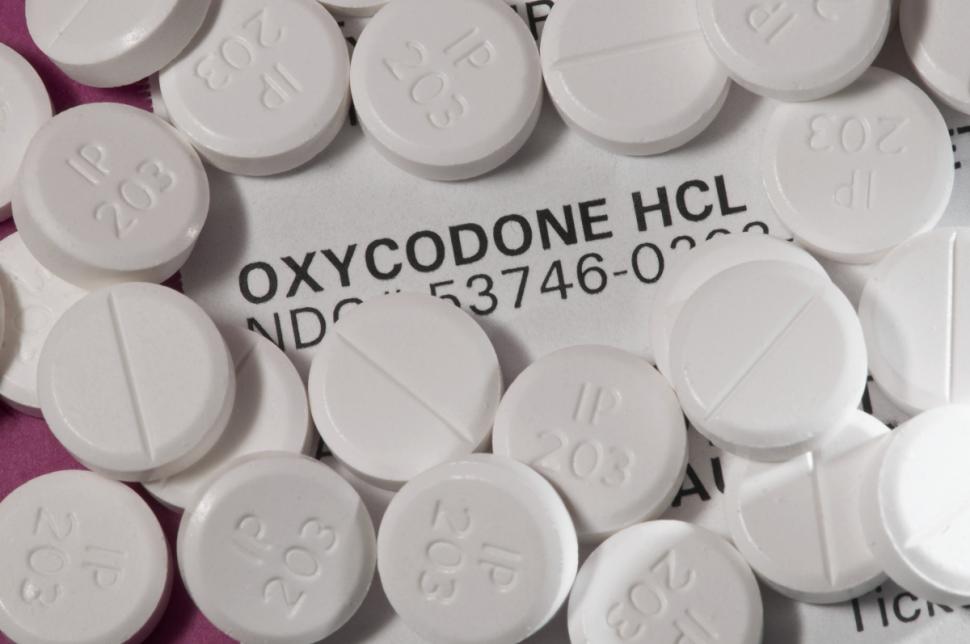
Effectiveness
Oxycodone 30mg and Oxycontin are potent analgesics that are highly effective in treating pain. In an emergency, researchers discovered that the two medications treat pain equally. Researchers found that Oxycodone and Oxycontin were similarly effective at treating pain caused by fractures in a study involving both drugs. Participants reported equal pain relief 30 and 60 minutes after taking the medication. On the other hand, participants who were given Oxycontin experienced constipation more frequently than those who were given Oxycodone 30mg.
What Is the Distinction Between Oxycontin and Oxycodone?
Oxycodone is a crucial active ingredient in the prescription brand name drug OxyContin. The primary distinction is that OxyContin is time-released while Oxycodone is not. As a result, OxyContin can provide pain relief around the clock. OxyContin does not need to be taken as frequently as Oxycodone, and the effects last longer. Compared to OxyContin, which can treat pain for up to 12 hours, Oxycodone usually lasts only four to six hours. OxyContin 30mg has a time-release feature because it is prepared differently than Oxycodone. When taken as directed, OxyContin has a slow release into the bloodstream.
Side effects
The adverse effects of Oxycodone and OxyContin are almost the same. This is because they have similar active ingredients. The most common side effects of these drugs include:
- nausea
- headache
- vomiting
- dizziness
- drowsiness
- insomnia
- constipation
- itchiness
- dry mouth
- weakness
- changes in mood or behavior
Some severe side effects of these drugs are less common. They include:
- breathing problems
- allergic reactions, such as rash, itching
- swelling of your face, lips, or tongue
- feeling faint or lightheaded, which may cause falls
- trouble urinating or changes in the amount you urinate
- unusual weakness or tiredness
Dependence and addiction
Both OxyContin and Oxycodone have side effects. When people take these drugs, the brain is impacted in a way that facilitates addiction, just as with an opioid. Addiction is a disorder that can develop due to opioid use because opioids release pleasurable chemicals into the brain. The brain eventually requires more of the drug to achieve the same effects. Because OxyContin is time-released, it is less likely to cause addiction than Oxycodone, but this hasn’t always been proven because people crush the pills and administer them in other ways to circumvent the medication’s time-released mechanism.
Price, insurance coverage, and accessibility
Generic oxycodone immediate-release tablets are available. They are typically less expensive than OxyContin. Your insurance company may prefer generic Oxycodone to OxyContin. This means that they may only cover one of the drugs or only generic versions. You should contact your insurance provider to see if one drug is preferred over another. You should also check with your pharmacy to see if they keep these medications in stock. These medications are not available in all pharmacies.
When combined with other medical conditions
If you have asthma, other breathing problems, kidney disease, or liver disease, you should not take immediate-release Oxycodone or OxyContin. Immediate-release Oxycodone and OxyContin can exacerbate these symptoms.
Use in pregnant or nursing women.
Take neither of these medications if you are breastfeeding. Both of these drugs can cross the placenta and harm your child. If you are pregnant, these medications may cause complications. Specific side effects of these medications, such as mood and behavior changes, breathing problems, constipation, and lightheadedness, can be incredibly bothersome while pregnant. In addition, one study found a link between certain birth defects and pregnant women’s use of opioids.
Oxycontin and Oxycodone Dosage
When using immediate-release oxycodone and Oxycontin tablets, the usual starting dose is 5 to Oxycodone 30mg every 4 to 6 hours. Patients who have never used opioids before should begin with 5-15 mg every 4 to 6 hours. Some patients may need up to 30 mg every 4 hours. When using extended-release tablets, the usual starting dose is 10 mg every 12 hours. Extended-release tablets are used when continuous treatment is required for an extended period. Tablets for extended release should be swallowed whole, broken, crushed, or chewed.
Patients who have become tolerant to opioid therapy and have been using opioids should only use 60 and 80mg tablets or single doses greater than Oxycodone 30mg.
How long does oxycontin stay in your system?
Factors such as liver function, weight, and metabolism can influence how long Oxycodone remains in your system. These factors influence how long Oxycodone remains detectable in drug tests.
- 3-4 days for a urine test
- 90-day hair test
- 24-hour blood test
- Four days for saliva
Compared to OxyContin, Oxycodone stays in your system for a slightly shorter period (the time-release prescription medicine name of the drug oxycodone.) OxyContin’s half-life is slightly longer than immediate-release Oxycodone because it is time-released.
Which medicine is best for you?
Oxycontin and Oxycodone 30mg are effective pain relievers for acute and chronic pain. They both have highly similar side effects. Because the differences between the two drugs are minor, consulting with your doctor is the best way to determine which medication is best for you. Your doctor can weigh the benefits and drawbacks of the two medications based on your personal medical history. According to some researchers and medical professionals, Oxycontin is less potent than Oxycodone 30mg.
In that case, your doctor might prefer to begin with a lower dose to see how your body reacts to the medication. If the first option doesn’t work or has adverse side effects, you and your doctor can discuss changing medication or doses.
Conclusion
These medications are highly effective pain relievers. Before using these drugs, you should learn everything you can about them. They can be habit-forming even at low doses and when taken exactly as prescribed. Misusing these drugs can result in addiction, poisoning, overdose, and death. If prescribed these medications, you must consult your doctor about how to use them safely.


